DPF OFF
Professional DPF Removal: Maximum Performance, Minimal Restrictions!
We are an experienced provider of ECU tuning files, offering specialized services for modifying diesel particulate filters (DPF). This document provides technical insights for automotive engineers and mechanics familiar with engine tuning and emissions regulations.
Why deactivate the DPF?
The removal of the diesel particulate filter improves exhaust flow by eliminating restrictions in the exhaust system. This reduces back pressure and increases the efficiency of the exhaust flow.
Note: The removal of the DPF is not permitted for road use in many countries. It is typically applied to vehicles used for off-road purposes or motorsport.
Some vehicle owners still choose DPF deactivation to optimize performance and fuel efficiency, despite possible legal and environmental consequences.
Technical Details and Modifications for DPF-Off
For automotive engineers and tuners, a deep understanding of the software adjustments in the engine control unit (ECU) is essential. Here are the key modifications for optimal tuning after DPF removal:
- Regeneration maps
- Function: Controls the DPF regeneration process (burning off soot particles).
- Modification: Deactivation by setting values to zero or disabling the trigger.
2. Soot load maps
- Function: Monitor soot accumulation and trigger the regeneration process.
- Modification: Set parameters to zero or disable the trigger.
3. Pressure sensor maps
- Function: Measure the differential pressure in the DPF.
- Modification: Manipulation or bypass to ensure a consistently low pressure value.
4. Temperature maps
- Function: Monitor exhaust gas temperature to control DPF regeneration.
- Modification: Adjust limits or disable monitoring.
5. Diagnostic Trouble Code (DTC) maps
- Function: Store error codes related to the DPF.
- Modification: Disable or delete DPF-related error codes.
6. EGR maps (Exhaust Gas Recirculation)
- Function: The exhaust gas recirculation system works in conjunction with the DPF.
- Modification: Optimized settings for engine operation without the DPF.
7. Injection quantity maps
- Function: Control injection quantity and timing.
- Modification: Adjustments to reduce soot formation and optimize combustion.
Key Adjustments After DPF Deactivation
- OBD-II Compliance & Monitoring Status
- DPF-related diagnostic monitors must be set to “Ready.”
- Other emissions monitors should remain unchanged to avoid triggering OBD faults.
2. Recalculation of sensor data
- Adjustment of exhaust pressure expectations.
- Modification of the mass air flow (MAF) sensor values.
- Updating lambda sensor values.
3. Preparations before removal
- Clearing all DPF error codes.
- Resetting the soot load counters.
- Clearing the regeneration history.
- Resetting the ash accumulation counter.
4. Required Diagnostic Tools
- OE-level diagnostic communication.
- Real-time data monitoring.
- Advanced programming and coding skills.
DPF Deactivation Process
- Registration & purchase of credits
- Reading the engine control unit (ECU)
- File upload to our service portal
- Inspection by our engineers
- Processing & upload of the modified file
- Download & flashing of the file onto the vehicle control unit
- Technical support via our ticket system
Our optimized processes enable fast processing—usually within 30 minutes. Complex adjustments require a maximum of one hour.
Frequently Asked Questions (FAQs) about DPF Deactivation
What impact does DPF removal have on engine performance?
DPF removal reduces exhaust back pressure, leading to better engine breathing, increased torque, and improved throttle response.
How does DPF deactivation affect exhaust gas temperatures?
Exhaust gas temperature typically rises slightly because the post-combustion effect of the DPF is eliminated. This can be controlled through an adjusted injection strategy.
Does removing the DPF affect fuel efficiency?
Yes, by reducing exhaust back pressure, the engine can operate more efficiently, which in many cases leads to lower fuel consumption.
Can DPF removal trigger error codes?
Yes, the control unit can generate DPF-related error codes. These must be professionally disabled to avoid issues with vehicle operation.
What impact does DPF deactivation have on the EGR system?
Since EGR and DPF often work together, optimizing the EGR system after DPF removal may be necessary to ensure performance and reliability.
What legal restrictions exist?
In many countries, removing the DPF from road vehicles is illegal and can result in fines. It is typically only permitted for racing or off-road vehicles.
Common error codes related to DPF issues
General DPF Error Codes
- P2002: Particulate Filter Efficiency Below Threshold
- P2452 – P2456: Faulty pressure sensors on the DPF
- P2457 – P2459: Regeneration issues
Exhaust Gas Recirculation (EGR) Error Codes
- P0400 – P0403: Faulty EGR function
- P0404 – P0406: Irregular EGR control
Fuel system faults
- P0087 – P0088: Fuel pressure system faults
- P0191: Faulty fuel pressure sensor readings
Conclusion
DPF deactivation can bring significant benefits in terms of performance and efficiency. However, legal and environmental aspects must also be considered.
🚀 Want to get the maximum performance out of your vehicle? Contact us for professional DPF optimizations and customized ECU tuning solutions.
📩 Request ECU tuning files now: ecu-chiptuningfiles.com
Super, freut mich, dass dir die überarbeitete Version gefällt! Wenn du weitere Texte hast oder Hilfe bei Übersetzungen, SEO-Optimierung oder technischen Beschreibungen brauchst, schick sie einfach her – ich helfe dir gerne weiter! 🚀
2/2
You said:
.
.
.
DPF Deactivation: Maximum Performance, Minimal Restrictions!
We are a professional provider of ECU tuning files, offering specialized services for modifying diesel particulate filters (DPF). This document provides technical insights for automotive engineers and mechanics familiar with engine tuning and emissions regulations.
Why deactivate the DPF?
Removing the diesel particulate filter improves exhaust flow by eliminating restrictions in the exhaust system. This reduces exhaust back pressure and increases the efficiency of exhaust flow.
🚨 Important Notice:
The removal of the DPF is not permitted for road use in many countries. This modification is primarily intended for off-road or motorsport vehicles. Vehicle owners who perform DPF deactivation on road vehicles should be aware of the potential legal and environmental consequences.
Technical Details and ECU Adjustments for DPF-Off
For professional tuners, a deep understanding of the software adjustments in the engine control unit (ECU) is crucial. Here are the key modifications to ensure optimal tuning after DPF removal:
- Regeneration maps
- Function: Controls the DPF regeneration process (burning off soot particles).
- Modification: Deactivation by setting values to zero or disabling the trigger.
2. Soot load maps
- Function: Monitor soot accumulation and trigger the regeneration process.
- Modification: Set parameters to zero or disable the trigger.
3. Pressure sensor maps
- Function: Measure the differential pressure in the DPF.
- Modification: Manipulation or bypass to ensure a consistently low pressure value.
4. Temperature maps
- Function: Monitor exhaust gas temperature to control DPF regeneration.
- Modification: Adjust limits or disable monitoring.
5. Diagnostic Trouble Code (DTC) maps
- Function: Store error codes related to the DPF.
- Modification: Disable or delete DPF-related error codes.
6. EGR maps (Exhaust Gas Recirculation)
- Function: The exhaust gas recirculation system works in conjunction with the DPF.
- Modification: Optimized settings for engine operation without the DPF.
7. Injection quantity maps
- Function: Control injection quantity and timing.
- Modification: Adjustments to reduce soot formation and optimize combustion.
Key Adjustments After DPF Deactivation
- OBD-II Compliance & Monitoring Status
- DPF-related diagnostic monitors must be set to “Ready.”
- Other emissions monitors should remain unchanged to avoid triggering OBD faults.
2. Recalculation of sensor data
- Adjustment of exhaust pressure expectations.
- Modification of the mass air flow (MAF) sensor values.
- Updating lambda sensor values.
3. Preparations before removal
- Clearing all DPF error codes.
- Resetting the soot load counters.
- Clearing the regeneration history.
- Resetting the ash accumulation counter.
4. Required Diagnostic Tools
- OE-level diagnostic communication.
- Real-time data monitoring.
- Advanced programming and coding skills.
DPF Deactivation Process
- Registration & purchase of credits
- Reading the engine control unit (ECU)
- File upload to our service portal
- Inspection by our engineers
- Processing & upload of the modified file
- Download & flashing of the file onto the vehicle control unit
- Technical support via our ticket system
Our optimized processes enable fast processing—typically within 30 minutes. Complex adjustments require a maximum of one hour.
Frequently Asked Questions (FAQs) about DPF Deactivation
What impact does DPF removal have on engine performance?
DPF removal reduces exhaust back pressure, leading to better engine breathing, increased torque, and improved throttle response.
How does DPF deactivation affect exhaust gas temperatures?
Exhaust gas temperature typically rises slightly because the post-combustion effect of the DPF is eliminated. This can be controlled through an adjusted injection strategy.
Does removing the DPF affect fuel efficiency?
Yes, by reducing exhaust back pressure, the engine can operate more efficiently, which in many cases leads to lower fuel consumption.
Can DPF removal trigger error codes?
Yes, the control unit can generate DPF-related error codes. These must be professionally disabled to avoid issues with vehicle operation.
What legal restrictions exist?
In many countries, removing the DPF from road vehicles is illegal and can result in heavy fines. This modification is intended for motorsport or off-road use.
Common error codes related to DPF issues
General DPF Error Codes
- P2002: Particulate Filter Efficiency Below Threshold
- P2452 – P2456: Faulty pressure sensors on the DPF
- P2457 – P2459: Regeneration issues
Exhaust Gas Recirculation (EGR) Error Codes
- P0400 – P0403: Faulty EGR function
- P0404 – P0406: Irregular EGR control
Fuel system faults
- P0087 – P0088: Fuel pressure system faults
- P0191: Faulty fuel pressure sensor readings
Conclusion
DPF deactivation can provide significant benefits in terms of performance and efficiency. However, legal and environmental aspects must be taken into account.
🚀 Want to get the maximum performance out of your vehicle? Contact us for professional DPF optimizations and customized ECU tuning solutions.
📩 Request ECU tuning files now: autotuningfiles.de

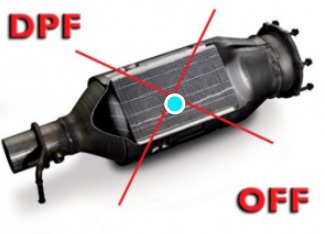
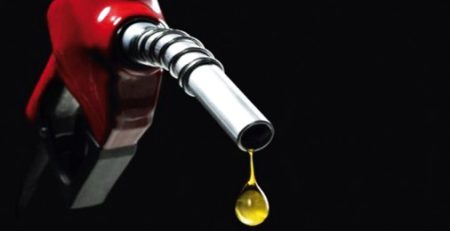
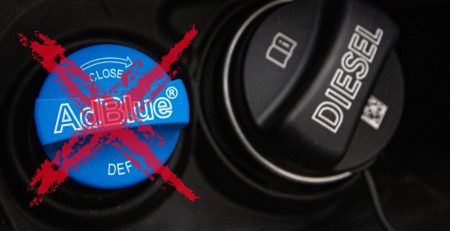
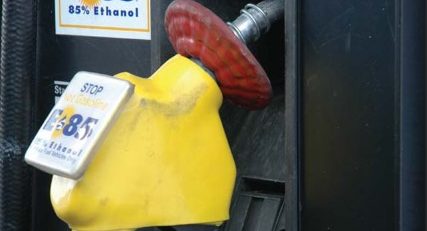
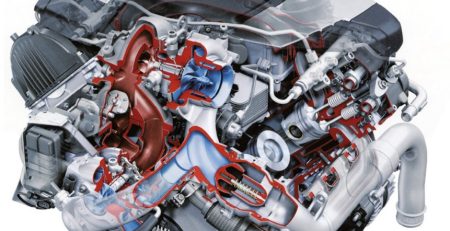
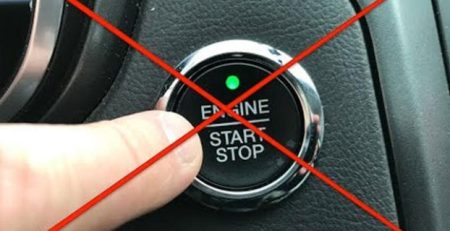
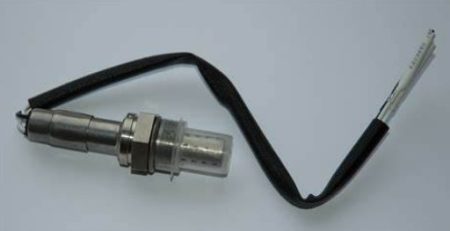

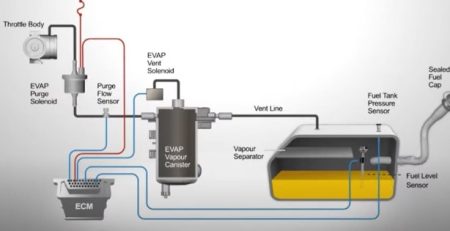

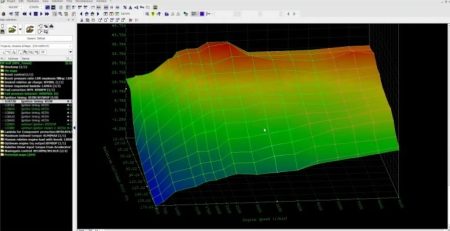
Leave a Reply
You must be logged in to post a comment.